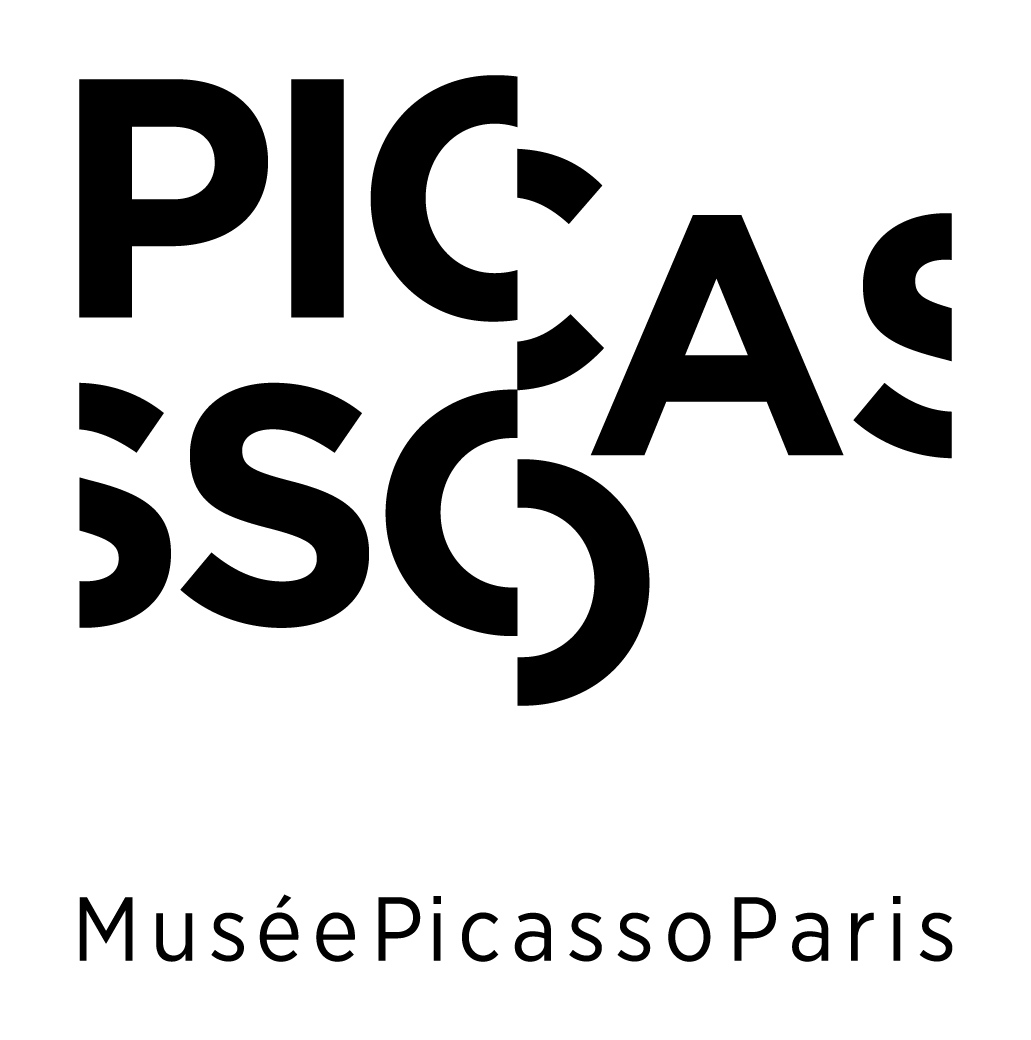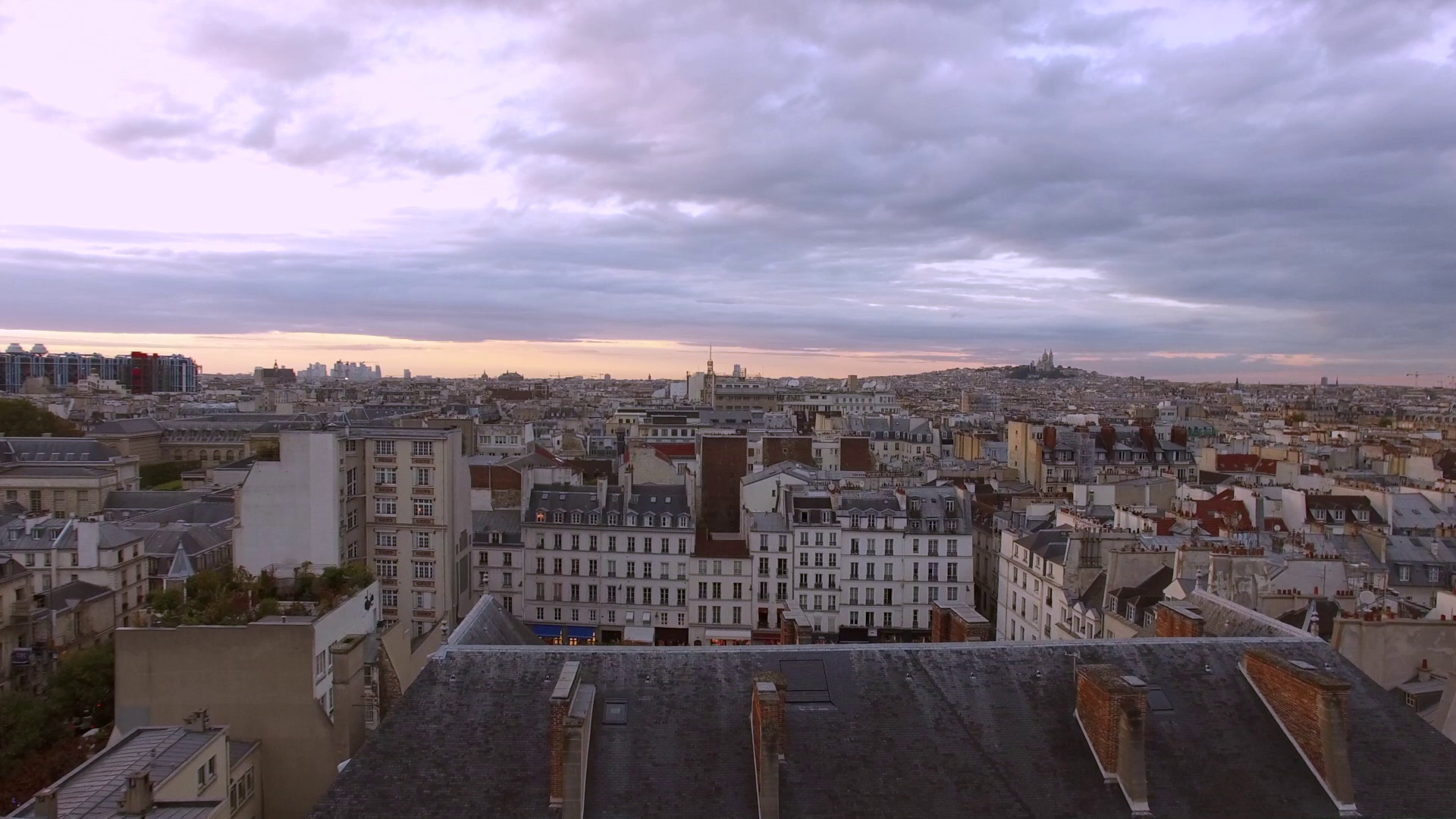The Marais district is a place not to be missed in Paris. Located in the heart of the city, it is one of the very rare districts to be appreciated by tourists as well as by Parisians. Spread over the 3rd and 4th arrondissements, it is bounded by the places de la République in the North, of the Bastille in the East and of l'Hôtel de Ville in the West. A historic district of the city of Paris, it is rich in numerous cultural treasures and is an exceptional witness to the aristocratic Parisian architecture of the 17th and 18th centuries, but also to the industrial activity of the 19th and 20th centuries.
From marsch to "Marais"
Originally, the ‘Marais’ (French for marsh) got its name from the marshy area in which it was located, circumscribed by the Seine and its former branch further north. It is its insertion in the enclosure of Philippe Auguste, built between 1190 and 1220, which determines it as a district with whole share of the city. In the 13th century, many religious communities settled there, such as the Blancs Manteaux convents and the Jewish community. The district did not take on its definitive definition until the construction of Charles V's wall, between 1356 and 1383. Charles V had the Hôtel Saint-Pol consecrated there, which became his royal residence, a prestigious symbol for the district. A certain number of aristocrats close to the king then came to live there and built private mansions in their turn.
Splendid architecture
In 1559, Henri II died in the Marais district at the Hôtel des Tournelles, then a royal residence. His widow, Catherine de Médicis, obtained the destruction of the Hotel and its location remained unoccupied for half a century. In 1605, Henri IV decided to build the Place Royale (today Place des Vosges) and thus revived the attractiveness of the district. Numerous large and sumptuous private mansions were then built again by the aristocracy, including the Saint-Aignan mansion (1650), the Beauvais mansion (1657), and our Hôtel Salé (1659).
Preserving the Marais
At the end of the 18th century, the French Revolution led to the departure of the elites, who were forced to abandon their hotels. These were then taken over by craftsmen, workers and merchants and the district became industrialized. The Marais, being away from the main Parisian traffic routes, was only slightly affected by Baron Haussmann's transformations, which allowed it to preserve its authenticity. But as a result, at the beginning of the 20th century, the district fell into disrepair and many buildings, including private mansions, were destroyed. Thus, in 1964, André Malraux, Minister of Cultural Affairs, created the very first "Secteur sauvegardé" (protected area) in France, especially for the Marais. The purpose of this area is to protect the historical heritage and prevent its irreversible transformation. Today, it is one of the only two safeguarded sectors in Paris, proof of the importance of the area.
A cosmopolitan place to live
With its village-like feel, narrow cobblestone streets and cozy atmosphere, the Marais is famous in Paris for its undeniable charm. Many come to discover the private mansions, the luxurious Place des Vosges, or the famous Rue des Rosiers, the beating heart of the Parisian Jewish community with its kosher restaurants and bakeries. Indeed known for its diversity, the Marais is a cosmopolitan district which welcomes abundant communities, in particular the Jewish community, but also the homosexual one since the 80s. The Marais is also a dynamic district where activities are as rich at night as during the day. Numerous bars rub shoulders, adjoined by terraces adored by Parisians. Throughout the year, events and demonstrations take place there such as La traversée du Marais or La Nuit des Musées.
The Musée national Picasso-Paris at the heart of this epicenter
The Picasso-Paris National Museum is at the heart of this trendy and authentic Paris. Its location in the heart of the Marais in one of the most beautiful 17th century private mansions makes it a museum well known to the inhabitants of the area. By its location, its architecture, but also its collections and its various events, the Picasso-Paris National Museum fits perfectly into this modern and trendy ecosystem of the Marais.


